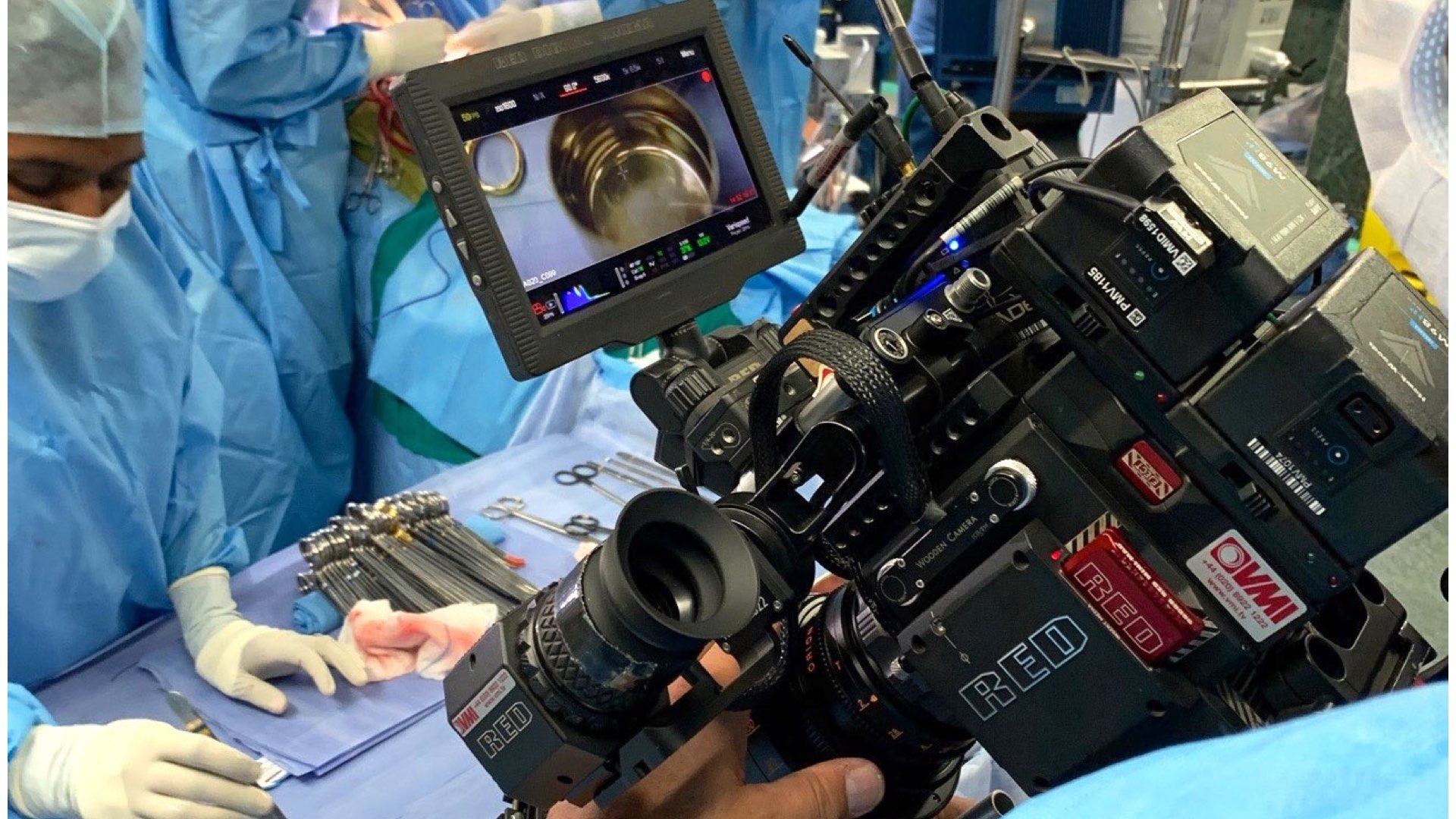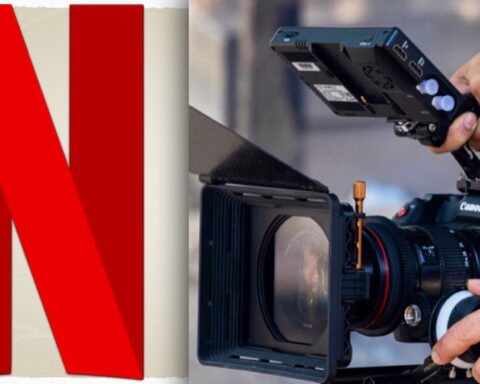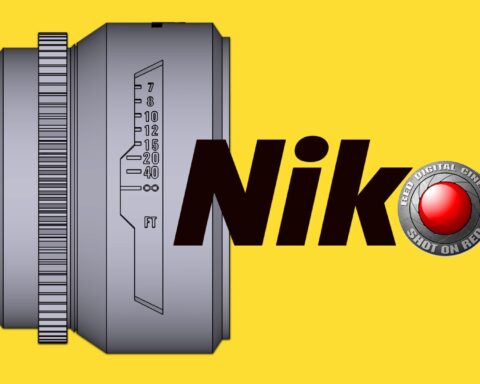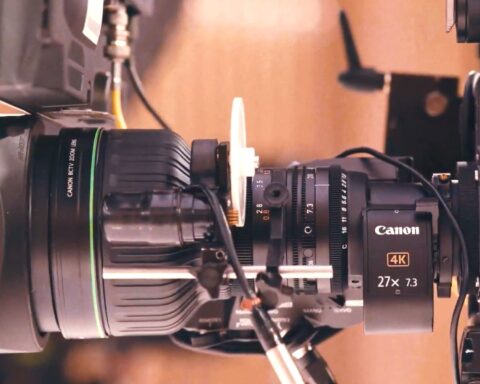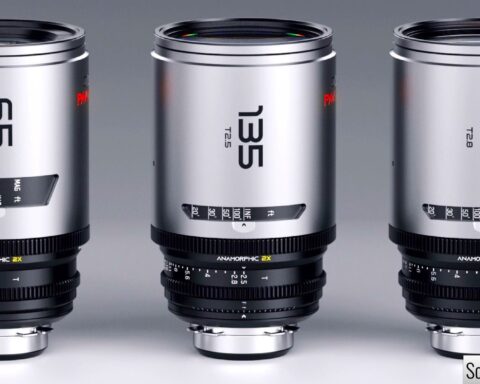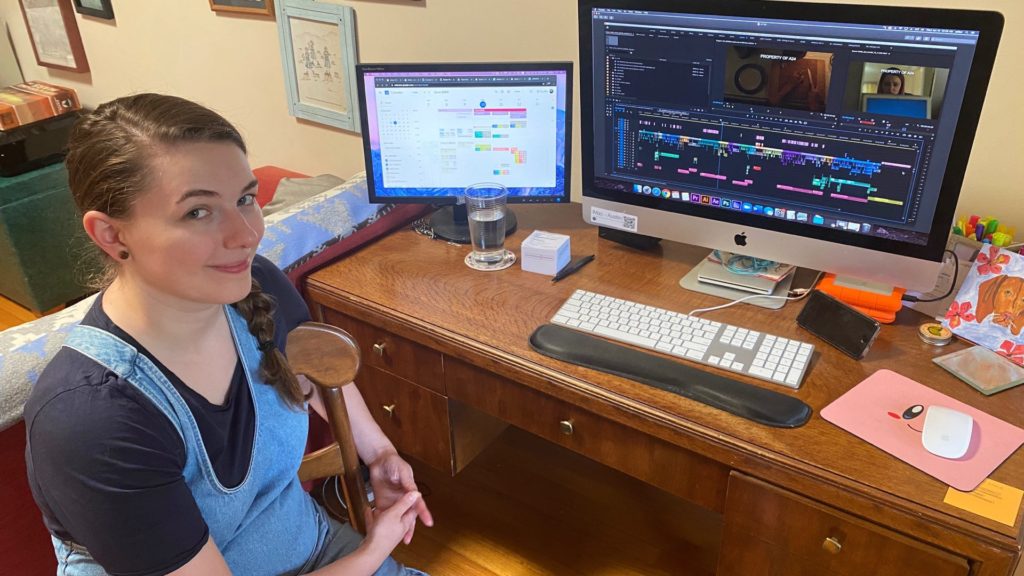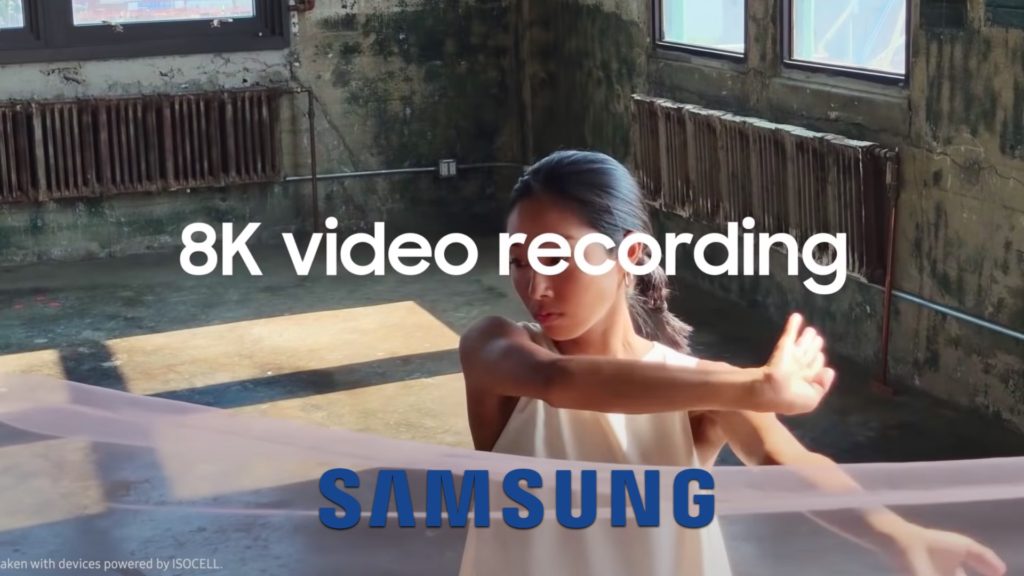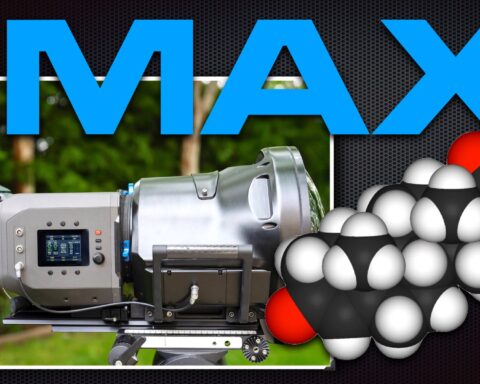Netflix’s cinematic documentary, ‘The Surgeon’s Cut’ has won a well-deserved Emmy in the category of Outstanding Science and Technology Documentary. This four-chapter series demonstrates some new and intriguing filming techniques. Instead of conventional documentary cameras, the cinematographers utilized high-end cinema cameras and lenses to enhance dramaturgy.
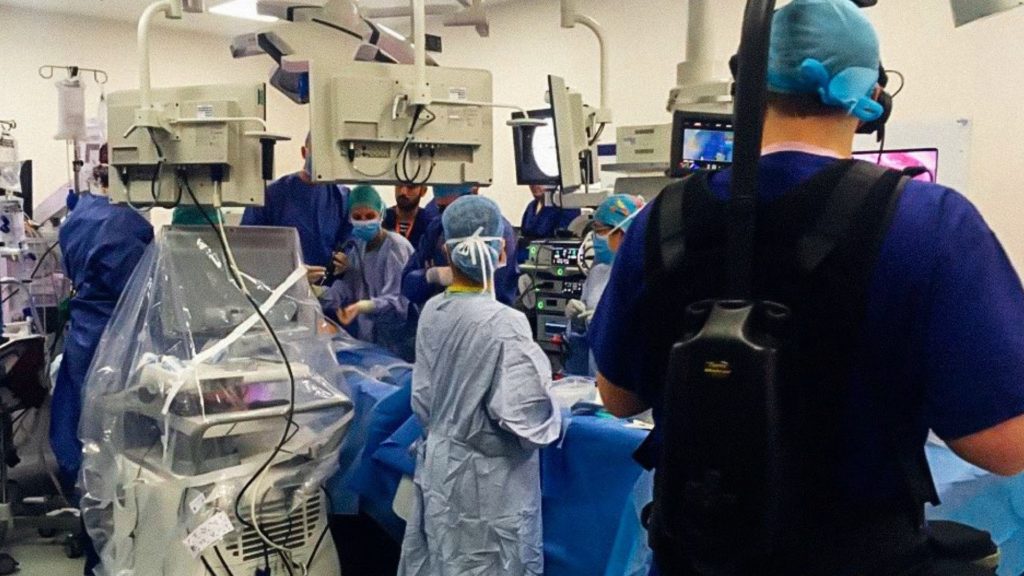
The Surgeon’s Cut
‘The Surgeon’s Cut’’ is a Netflix medical documentary series that focuses on the challenges of advanced medicine, with a special emphasis on the psychology behind the physician’s mind. The series has two faces: Doctors and patients. Each of those has its own dilemmas. The series documents four top-notch physicians inside the surgery room, during operation. I saw the series and I can say that it’s mesmerizing and unique. The first chapter is phenomenal. The second episode is also fascinating. Hence, it’s not surprising that The Surgeon’s Cut has won a Documentary Emmy in the category of Outstanding Science and Technology Documentary. The cinematographers who took the prize are Julius Brighton, Amy Newstead, Patrick Smith. Personally, I don’t know why the cinematographer of the 1st episode, James Newton, hasn’t won, since it’s the best chapter of the whole series. Nevertheless, the cinematographic approach is very distinctive for all chapters.
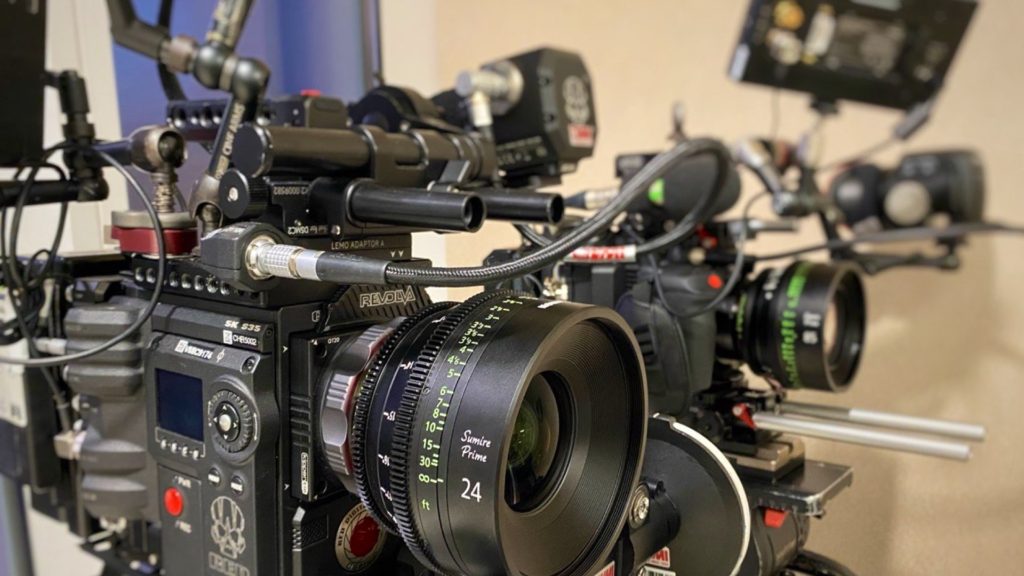
Cinema cameras inside an operating theater
The filming of the series is very particular compared to other similar documentaries since all the shooting inside the operating theater was done on high-end cinema cameras and lenses, instead of conventional documentary cameras. The production was very meticulous regarding the cinematic look of the surgery and the medical procedure. For instance, the cinematographers used the RED Gemini by utilizing its Dual ISO in the low light environment of the operating room, since it was not possible to use heavy lighting equipment in such a delicate environment. In two chapters, the cinematographers employed cinema anamorphic glass (Atlas Orions) and other stylized lenses (Canon Sumire primes) in order to enhance the cinematic look even further. “The combination of camera and lens choice, the exposure latitude, and judicious use of hard backlighting would occasionally offer up that blue-streaked anamorphic flare associated with the sci-fi genre. It worked well for telling our dramatic story in a clinical setting” said cinematographer Julius Brighton that shot “Heart & Soul” featuring Dr. Devi Shetty (Episode 4).

Shooting in an ultra-challengeable environment
Operating cinema gear inside an operating theater during real surgery demands different discipline, compared to a regular production environment. Here, the filming crew must not interfere with the physicians. You can’t change lighting, or perform aggressive camera movements. Furthermore, in the first chapter, the camera operator was together with anxious parents in a complex distressed situation, waiting for the doctor’s decision. In spite of that, the camera operator had to be focused on the camera in order to get the best shots. Operating cinema equipment and still be a fly on the wall is not easy. “The rooms we were in were small; I was never more than a foot or two away from the patient. I liked filming on 35mm or 50mm lenses up close. There is a lot of emotion in the room, and if an operation takes a bad turn, it can be quite overpowering. In this type of situation, I would change the lens to 105mm and make myself as small as possible so as not to distract the doctor” said cinematographer James Newton on the shooting of “Saving Life Before Birth” featuring Dr. Kypros Noclaides on the first episode, which in my opinion, is the most emotional one.
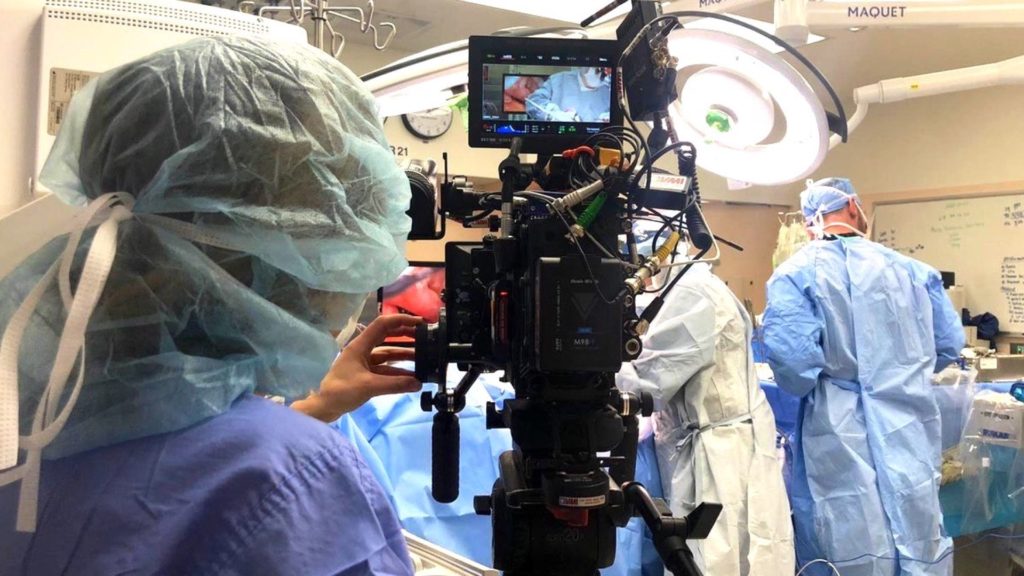
Summary
Utilizing high-end camera equipment inside an operating theater sounds like overkill at first. But when rethinking about it, it’s more than logical, since an operating theater can transform into a real drama, combined with an emotional action. Thus, the next time you shoot physicians perform an operation, bring your cinema camera and some anamorphic glass to amplify the cinematic look so the audience can be immersed into this very special atmosphere.
Check out ‘The Surgeon’s Cut’ trailer below:
Product List
Here’re the products mentioned in the article, and the links to purchase them from authorized dealers.
- RED Digital Cinema Gemini 5K S35
- Canon Sumire Primes Cinema Lenses


